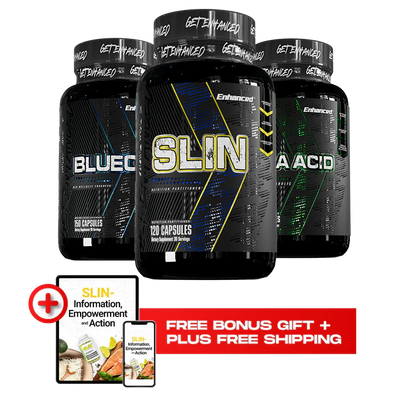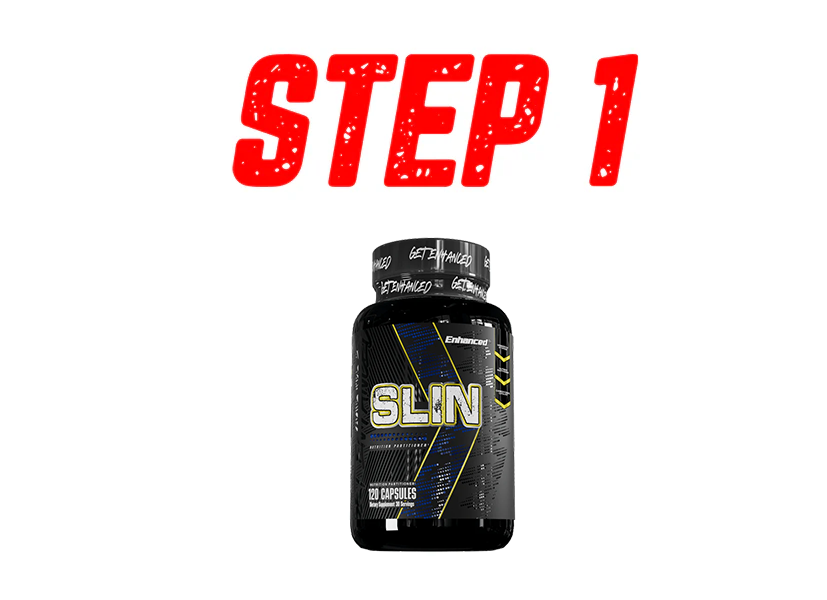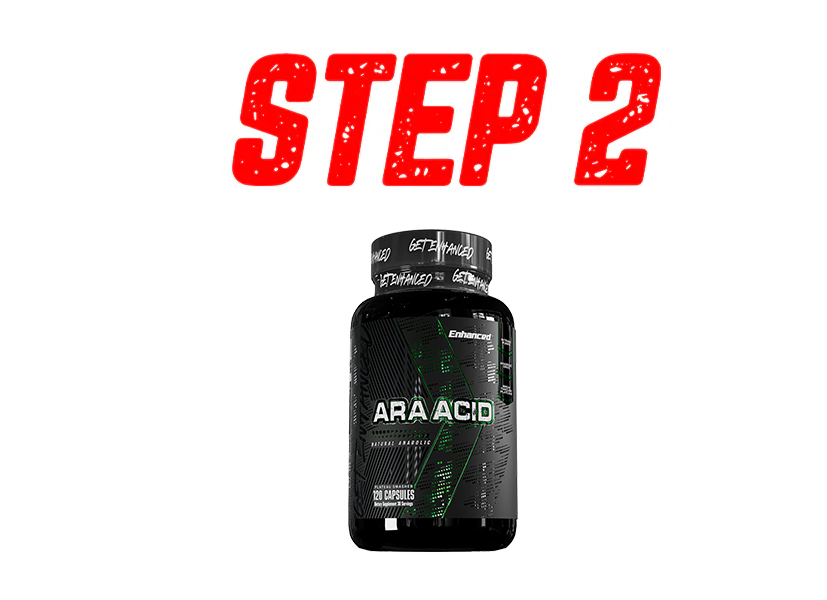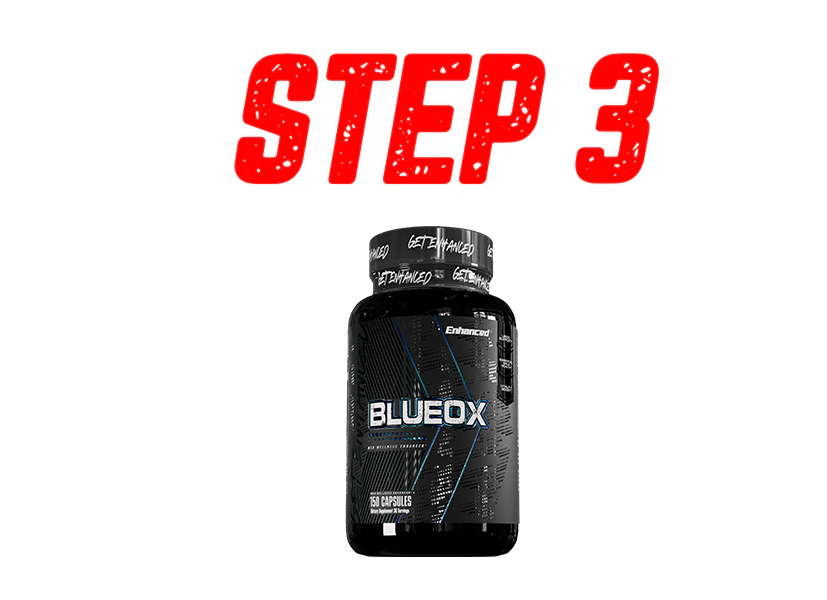Enhanced Muscle Stack

Enhanced Muscle Stack
The Enhanced Muscle Stack is a muscle building essentials stack designed to provide the most essential supplements for building muscle and increase strength, at a budget friendly price.
For those looking to increase lean muscle mass, stamina, and strength, this muscle-building stack is perfect for you.
For those looking to increase lean muscle mass, stamina, and strength, this muscle-building stack is perfect for you.
Regular price
$259.85
$259.85
Sale price$233.87
$233.87
/
- In stock
- Inventory on the way

-
 100% MONEY BACK
100% MONEY BACK
-
 FREE SHIPPING
FREE SHIPPING
-
 MADE IN FDA INSPECTED FACILITY
MADE IN FDA INSPECTED FACILITY














